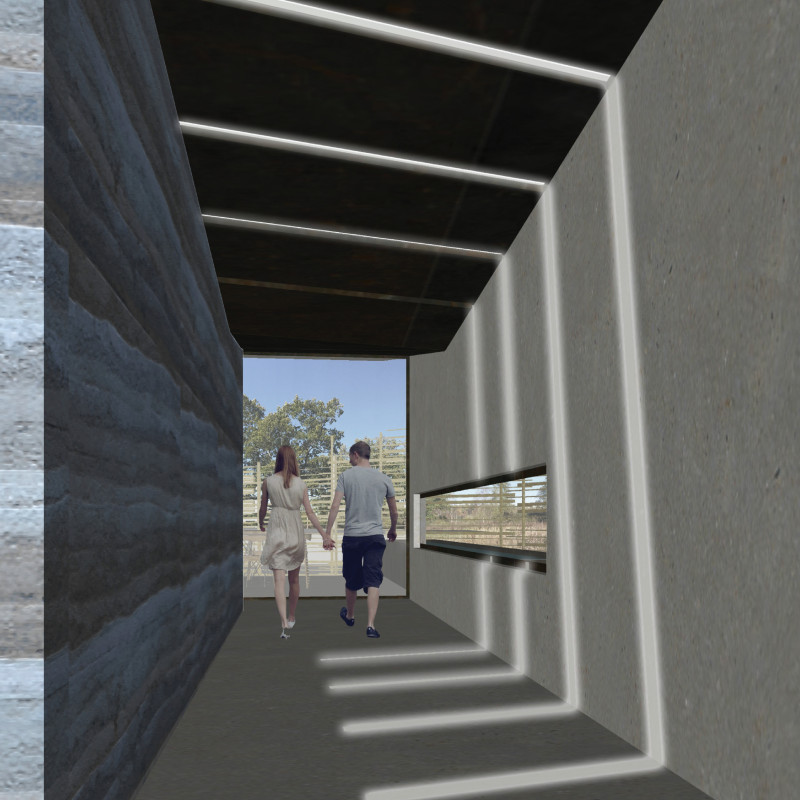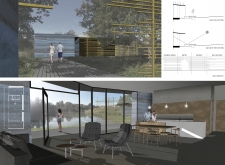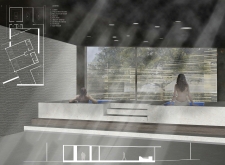5 key facts about this project
### Overview
Located in a tranquil setting, The Nest Spa is designed to integrate holistic wellness with a focus on natural materials and privacy. The architectural intent is to create personalized spa experiences that encourage interaction with the surrounding landscape, fostering a deep connection between users and nature.
### Spatial Organization
The layout of the spa comprises multiple zones, each dedicated to specific relaxation and rejuvenation experiences. A carefully considered arrangement of pathways promotes exploration, inviting visitors to transition through various treatment areas in a way that enhances engagement with both the architecture and the environment. This design prioritizes a sensory journey, guiding users to appreciate each distinct space as part of a cohesive experience.
### Material Selection and Sustainability
Materiality is a core aspect of the design, with blue clay featuring prominently in the walls to link the structure to the local landscape through its natural texture and color. Wood is utilized for privacy screens and pathways, adding warmth and tactile interest, while large glass panels optimize natural light and views, facilitating a connection to the outdoors. Concrete provides structural durability, and stone accentuates outdoor water features, reinforcing the relationship with nature. Sustainable practices, including rainwater collection systems, are embedded in the design, reflecting a commitment to environmental responsibility while enhancing the spa’s ecological footprint.























































